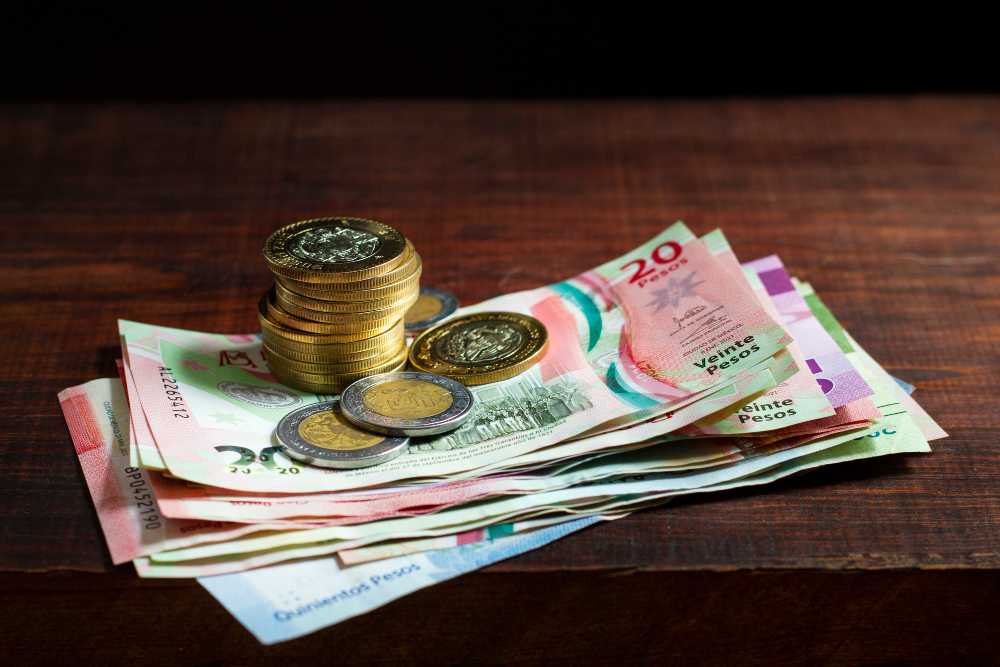Understanding the mechanics behind exchange rates is like piecing together a global financial puzzle. Every element of the economy, from consumer spending habits to geopolitical tensions, can influence the value of a country’s currency. But what really drives these changes? Let’s delve into the intricate world of exchange rates.
From the days of barter trade to our current complex financial systems, the value of what we trade has always been of the essence. Fast forward to today, exchange rates dictate the value of one currency in relation to another, serving as a cornerstone of global commerce and personal finance. By understanding its dynamics, one can decode a significant aspect of the world economy.
Historical Perspective
The evolution of exchange rates is a tale of changing times. Ancient systems like the gold standard, where currencies were pegged to physical gold, gave way to fiat currencies, which derive their value from governmental decree rather than tangible commodities.
Understanding the Basics
At its core, an exchange rate simply indicates how much one currency is worth in terms of another. This rate can be ‘nominal’, which is the face value, or ‘real’, adjusted for inflation. It’s essential to distinguish between these to grasp the real value of money.
Factors Influencing Exchange Rates
- Economic Factors: Interest rates, set by central banks, can lure or repel foreign capital. High interest rates offer lenders higher returns, attracting foreign capital and raising the exchange rate. On the other hand, countries with lower inflation typically see an appreciation in the value of their currency. Additionally, a country with robust economic health will naturally attract foreign businesses and investors, bolstering its currency’s value.
- Political Stability and Economic Performance: Currencies are much like stocks in a country. A stable political climate invites investment, thereby appreciating the currency. Conversely, political upheaval can deter investors, causing depreciation. Even events like elections or policy reforms can cause fluctuations.
- Market Psychology: The financial market is as much about perception as numbers. News, reports, or global events can make traders bullish or bearish, creating volatility. Speculators buying vast amounts of a currency can cause its value to go up, while selling can have the opposite effect.
- Central Bank Actions: Central banks can intervene, buying or selling their own currency to stabilize or increase its value. Furthermore, decisions related to monetary policy can either boost or dampen a currency’s value.
- Trade Balances: A country exporting more than it imports will generally see an appreciation of its currency. This is because foreign customers buying a country’s exports will convert their currency, increasing demand and, consequently, the value of the exporter’s currency.
- Natural Disasters or Significant Events: Unexpected events like tsunamis, earthquakes, or even major social events can have short-term impacts on exchange rates by disrupting a nation’s economy or changing investor perceptions.
The Role of Forex Markets
Enter the realm of Forex – the marketplace where currencies are traded, like USD to KWD. Acting as a balancing act, traders in this market ensure that currency values reflect their true worth. Activities like arbitrage, where traders buy a currency at a lower price in one market to sell it at a higher price in another, help maintain equilibrium in currency values.
Case Study: Brexit
Brexit, the UK’s historic decision to leave the European Union, provides a vivid illustration of exchange rates in motion. As soon as the referendum results were out, the British pound plummeted against major currencies. It wasn’t just the immediate event but the uncertainty around future trade agreements and the UK’s economic outlook that continued to influence the pound’s dynamics.
The Impact on Consumers and Businesses
For the everyday consumer, exchange rate fluctuations can mean the difference between an affordable vacation or a costly one. For businesses, especially those dealing internationally, these changes can either swell profits or amplify losses. For instance, an appreciated currency can make imported goods cheaper but can also mean that exports are more expensive for foreign buyers, potentially hampering sales. Hence, many businesses use hedging strategies to shield themselves from volatile currency movements.
Future Outlook
As we gaze into the crystal ball of finance, certain trends emerge. The rise of digital currencies and blockchain technology promises to shake the foundations of traditional exchange systems. While these innovations have their dynamics, their interplay with conventional currencies will undoubtedly influence exchange rate movements.
Conclusion
In the intricate ballet of global finance, exchange rates pirouette on the stage, influenced by a multitude of factors. For anyone, from a casual traveler to a multinational business, understanding these dynamics isn’t just academic – it’s crucial.
If you’ve found this deep dive enlightening, dive even deeper. Explore, learn, and navigate the financial currents with knowledge as your compass.





